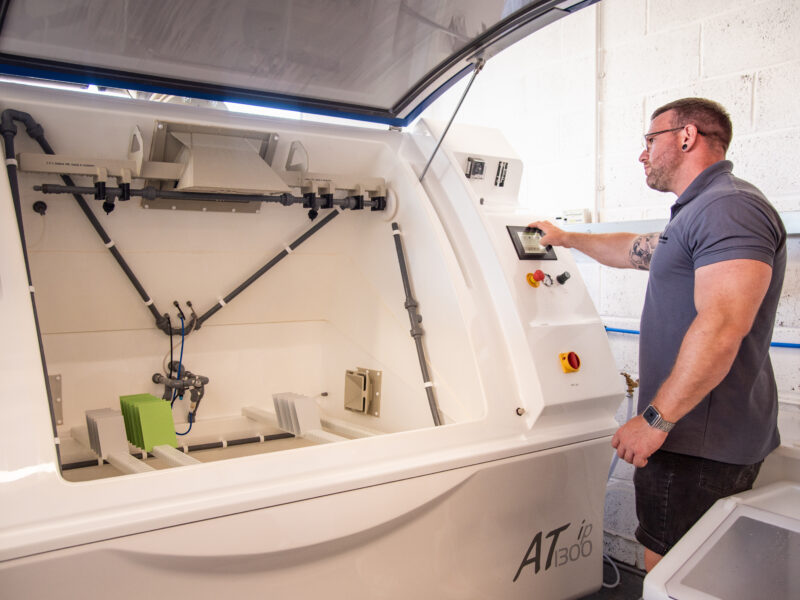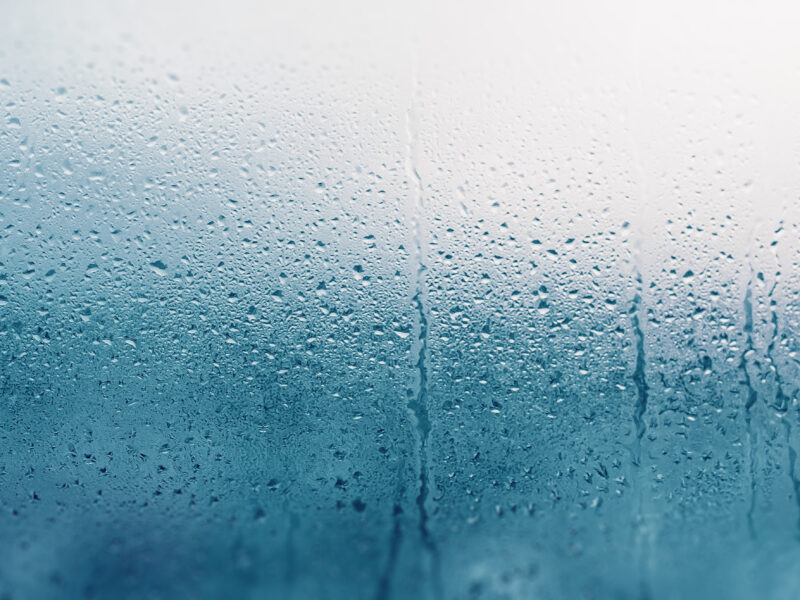Temperature & Humidity testing.
Humidity resistance testing is used in the evaluation of coatings and surface treatments to see how they perform in particular environments.
Humidity testing allows our customers to replicate real life environmental conditions. The results can be used to determine whether a coating or products performance is appropriate for its intended purpose & environment.
There are various types of humidity application including spray mist & wet bottom. The wet bottom method generates moisture by heating up a sink of water at the bottom of a cabinet. This methods allows moisture to parts / test pieces in its entirety (including undersides). Where as mist atomised methods moisture is applied to top facing areas only. This method generates humidity by atomising water under heat & pressure.
Humidity resistance testing chambers come in all shapes & sizes.
- High humidity cabinets are very similar to salt spray cabinet & where cyclic corrosion testing is required will have a salt spray function.
- Environmental cabinets that incorporate high temperatures, low temperatures & variable humidity’s that replicate changes in extreme environments.
- Weathering cabinets can incorporate humidity with a light source including UV & xenon arc to replicate light exposure on products in use. For more information see weathering.
Temperature testing is used in the evaluation of coatings and surface treatments to see how they perform in particular environments.
Temperature testing allows our customers to replicate real life environmental conditions, testing at temperature extremes. Maximum & minimum temperatures expected to be seen in use. The results can be used to determine whether a coating or products performance is appropriate for its intended purpose & environment. As a rule, testing is generally at extremes in temperatures or extreme changes in temperature known as thermal shock.

Variable Humidity
Percentage humidity can also be controlled, this is particularly useful for
- Conditioning test pieces or parts prior to testing such as paint adhesion.
- Replicating environments of known humidity.
- Step changes or periods during cyclic testing.

Temperature Testing
Temperature testing is used in the evaluation of coatings and surface treatments to see how they perform in particular environments.
Temperature testing allows our customers to replicate real life environmental conditions, testing at temperature extremes. Maximum, minimum and sudden changes in temperatures expected to be seen in use. The results can be used to determine whether a coating or products performance is appropriate for its intended purpose & environment. As a rule, testing is generally at extremes in temperatures or extreme changes in temperature known as thermal shock.



